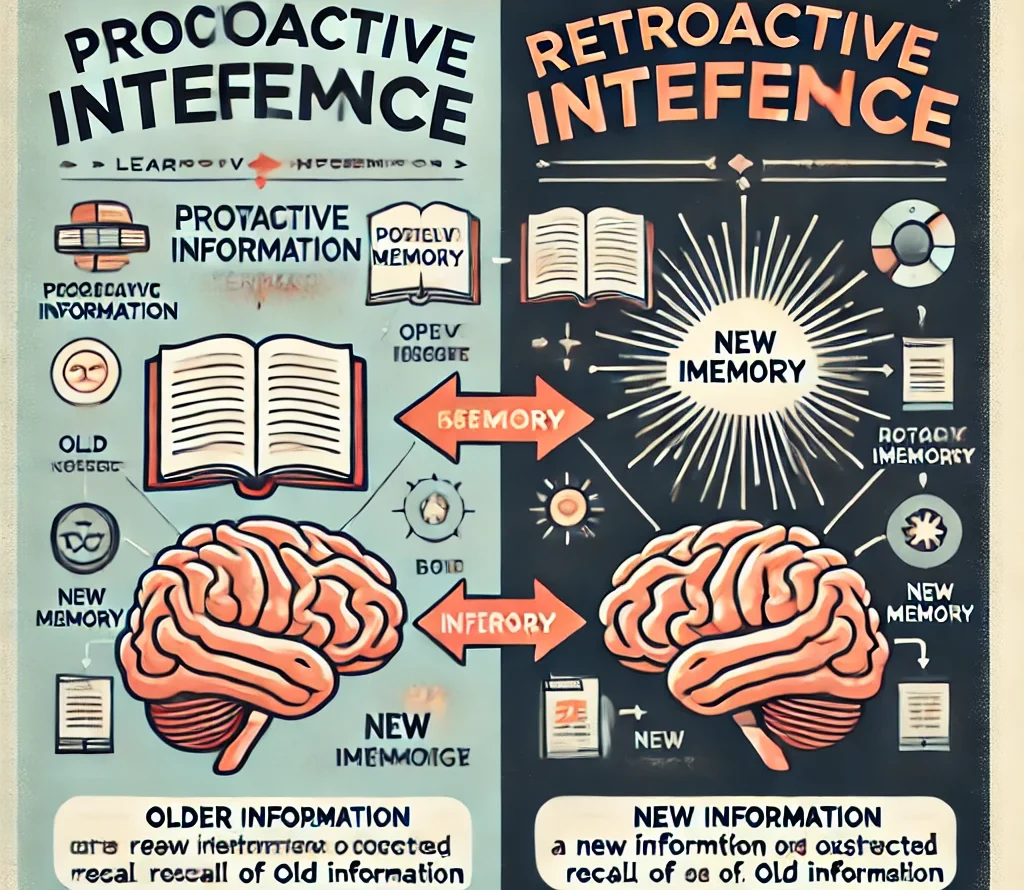
Boundary ambiguity occurs when it’s unclear who is in or out of a family system, either physically or psychologically. It’s a concept that highlights the confusion and emotional stress people feel when roles and relationships are uncertain. This often happens in situations involving missing persons, divorce, immigration, incarceration, or even when a loved one has Alzheimer’s or dementia. You might physically be in the same room with someone, but feel emotionally absent—or vice versa.
The concept was introduced by family therapist Dr. Pauline Boss, who studied families of soldiers missing in action during the Vietnam War. In her work, she defined boundary ambiguity as “a situation where the family members are uncertain about who is in or out of the system.” Her research extended to families dealing with ambiguous loss—loss that lacks closure. Unlike death, where grief is clearer, boundary ambiguity leaves people in a state of frozen mourning, unsure how to move forward.
This form of psychological limbo can be deeply damaging. Children may struggle to define parental roles after a divorce, or a caregiver may feel guilt over grieving someone who is technically still alive but mentally absent. The lack of resolution can lead to anxiety, depression, or even dissociation. Dr. Boss emphasized the importance of resilience in facing such ambiguity—not by seeking definitive answers, but by learning to live with uncertainty and still find meaning.
Recognizing boundary ambiguity is the first step toward coping. Therapy that emphasizes narrative reconstruction, mindfulness, and reframing can help individuals and families function even without clear answers. It’s about letting go of the need for resolution, and instead, finding peace in complexity.
RELATED POSTS
View all

